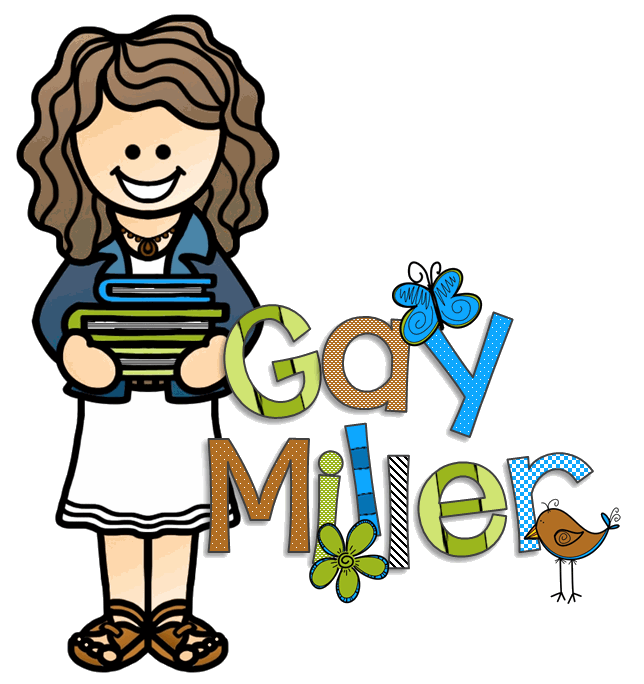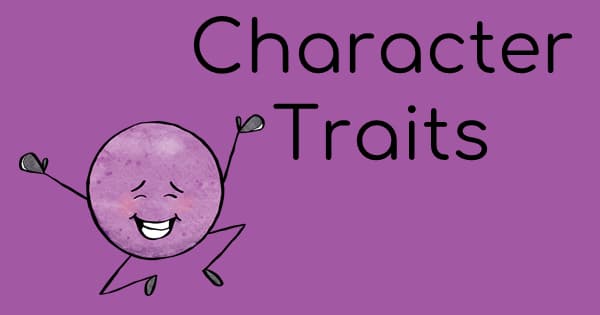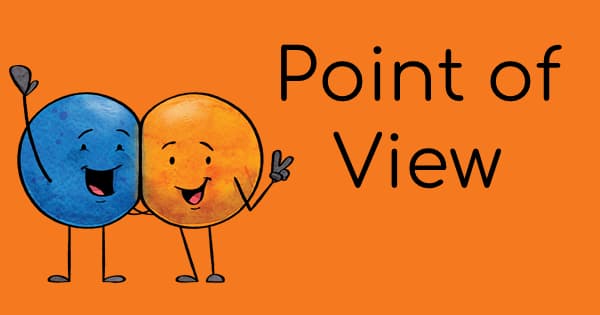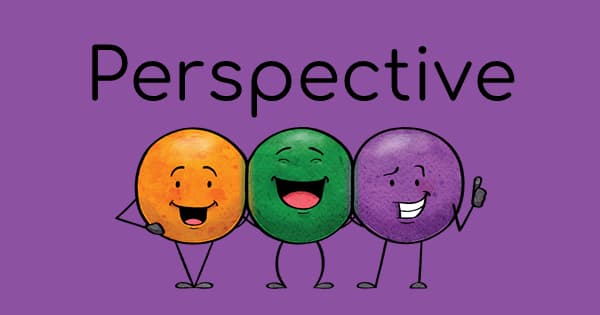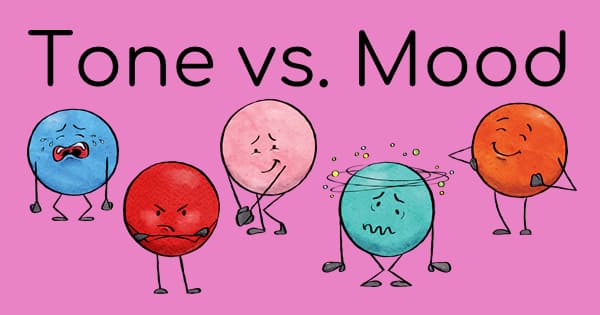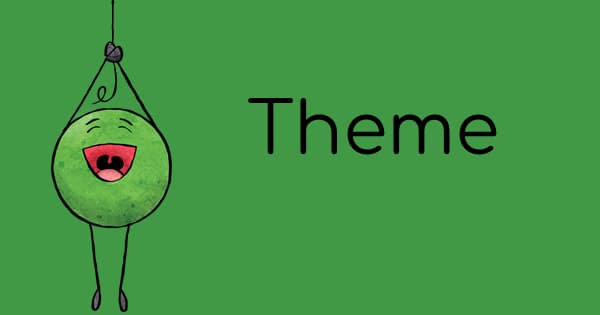
Let’s be honest—plot development can feel a little abstract when you’re trying to teach it. So, why not turn it into a thrill ride? Literally.
That’s right—we’re taking our students on the Plot Development Roller Coaster. No seat belts required, but a pencil might help.
The Plot Development Roller Coaster
🎢 Exposition – The Ride Begins
Imagine this: You’ve just buckled yourself into a roller coaster. A voice comes over the speaker:
“This coaster was built in 1987, goes up to 60 mph, and reaches a height of 120 feet.”
That’s exposition in action! It’s all the essential info you need before the action kicks in.
In literature, the exposition sets the stage—it introduces the setting and the main characters so readers aren’t wandering around the story like they missed the first 20 minutes of a movie.
🧗 Rising Action – Click… Click… Click…
You know that slow, dramatic climb to the top of the first hill? That suspenseful build-up that makes you rethink your life choices?
That’s rising action.
In stories, this part includes the events that build tension and keep readers leaning in. One challenge leads to another, and before you know it—bam! You’re at the top.
🎇 Climax – We’ve Reached the Top!
Cue the screaming. The climax is the big moment—the turning point.
It’s that split second before the drop when everything’s about to change.
In a story, this is the most intense part—the part where readers can’t put the book down because they have to know what happens next. There’s no turning back now.
🌀 Falling Action – Whoa, That Was Fast!
Now comes the loop-de-loops, sharp turns, and head-over-heels momentum.
In plot terms, this is the falling action, where the conflict begins to unravel (hopefully not like your nerves mid-ride).
Characters start solving problems, and we race toward the finish line.
🛑 Resolution – Time to Unbuckle
Ahh… we made it. The ride slows, the brakes kick in, and we step off saying, “Let’s do that again!”
The resolution is how everything wraps up. We find out if the main character got what they wanted—and how they’ve grown from the wild ride we just witnessed.
It’s the “So what?” moment that gives the story meaning.

Anchor Chart

This anchor chart is perfect for posting in your classroom or handing out individually. It comes in two sizes: poster-size (20″ x 30″) or a standard printable (8.5″ x 11″). Easy peasy.
Get all printable activities from this post here.
Using Animated Shorts to Teach Plot Development
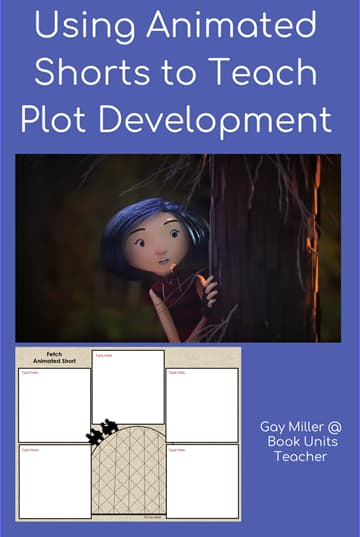
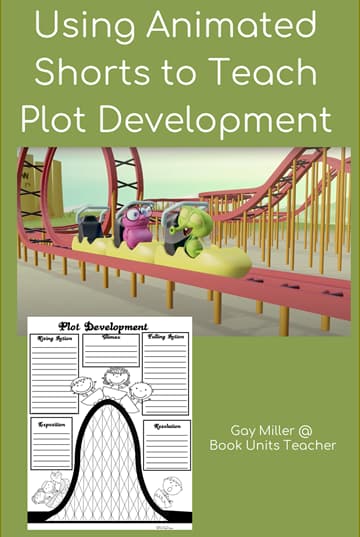
Want a quick, fun way to reinforce plot development? Animated shorts are your new best friend. They’re short (so you can actually finish them in class), and packed with story structure.
The included handout links to two student-approved animated films, and both printable and digital organizers are provided—because you know someone’s Chromebook will “mysteriously stop working” that day.
Sequencing Story Parts by Plot Development
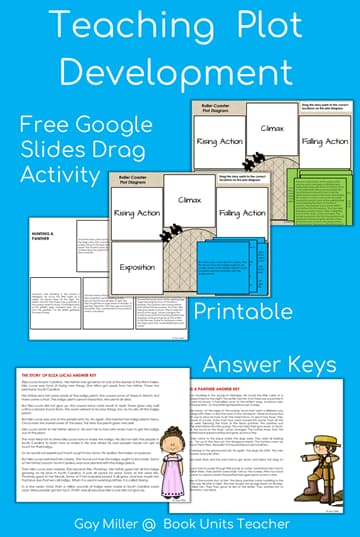
Both printable and digital versions are provided for this activity.
✏️ Printable Version
- Print the cards and diagram.
- Students cut and glue the parts in the right spots on the roller coaster chart.
- (Scissors and glue sticks: still the hottest classroom currency.)
💻 Digital Version
- Students drag and drop the story events into place on the plot diagram.
- (It’s like digital puzzle-solving, minus the missing corner piece.)
Have students practice creating a plot development roller coaster diagram using animated shorts’ plot. They are extremely short making them ideal for a quick lesson. The handout contains links to 2 fun films that work well for this purpose. Both printable and Google Slide organizers are provided in the link below.
YouTube Lesson Videos

Plot Diagram Using Movie Clips (6:06)
Popcorn optional! This video uses scenes from movies students know and love to break down plot elements.
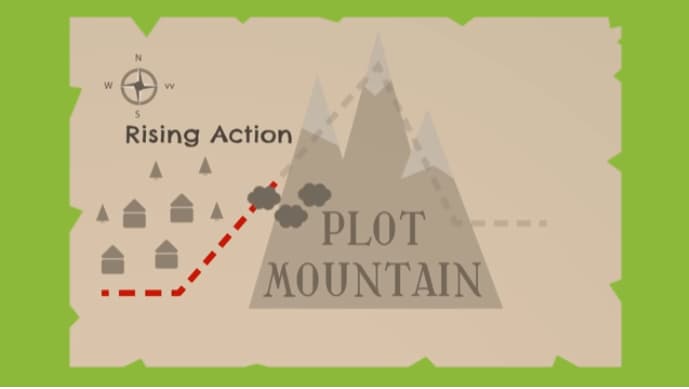
Plot Mountain Song by Scratch Garden (2:35)
It’s catchy. It’s quick. And it’s everything you never knew you needed in a plot lesson.

Pixar’s Mike’s New Car (3:47)
A hilarious short from Monsters, Inc. to demonstrate exposition, rising action, climax, and more—all in under 4 minutes.
Teaching Plot Shouldn’t Be a Scream
Plot development is such an important skill—and it doesn’t have to be dry or dull. With a few creative tools and a dash of roller coaster fun, you can make plot structure something your students remember (and maybe even enjoy?).
Try out the activities and let me know how it goes. You may not need a safety bar, but your students are in for a ride they won’t forget!
Want more skill-building fun?
Click the buttons below to explore the other posts in this series.
See the product that inspired this post.
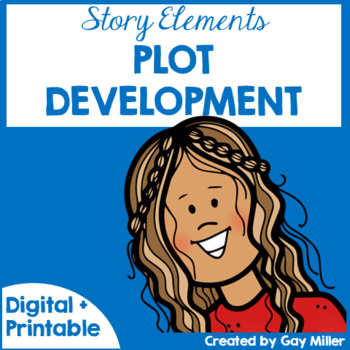
Story Elements: Plot Development contains both lessons and activities to help your students master plot development.
